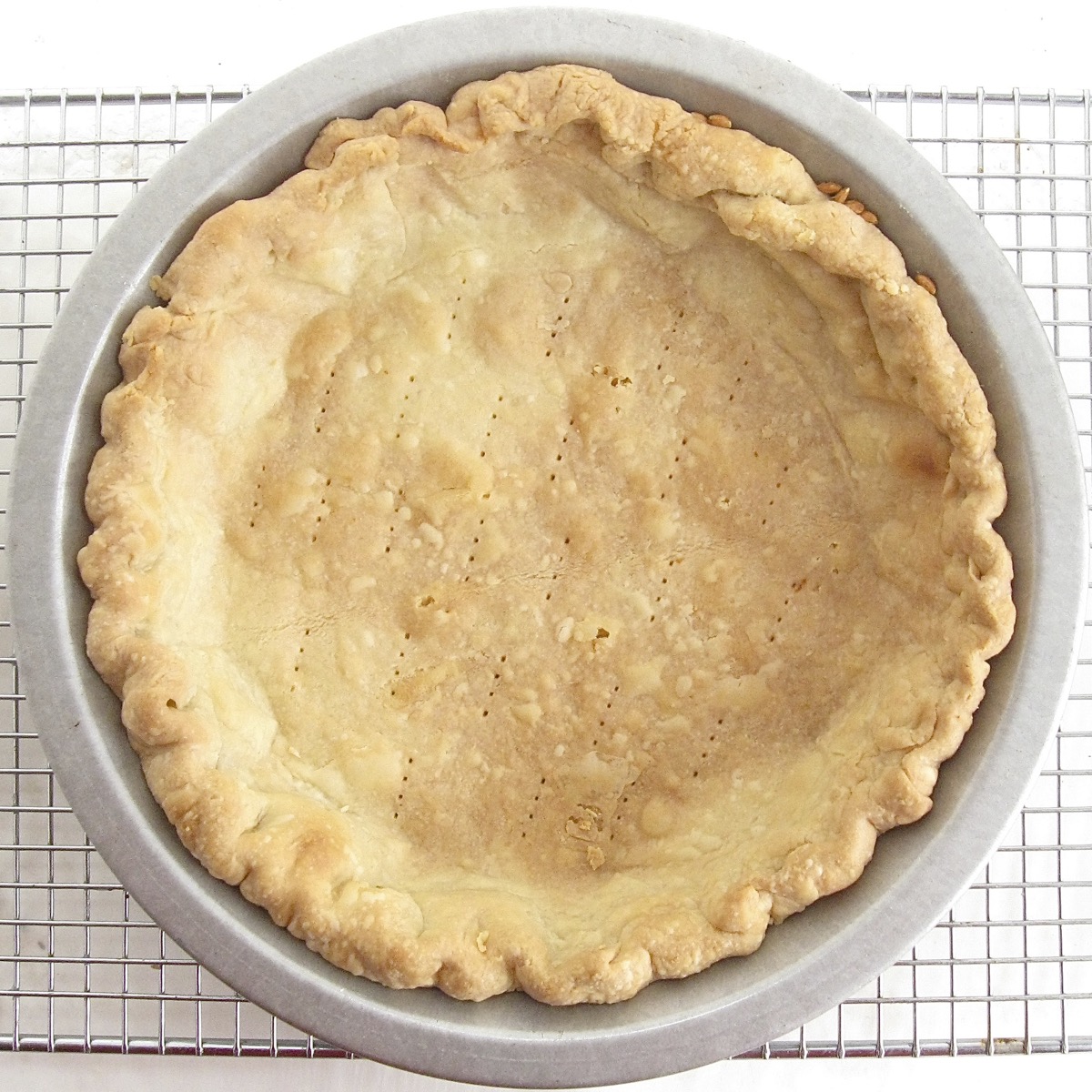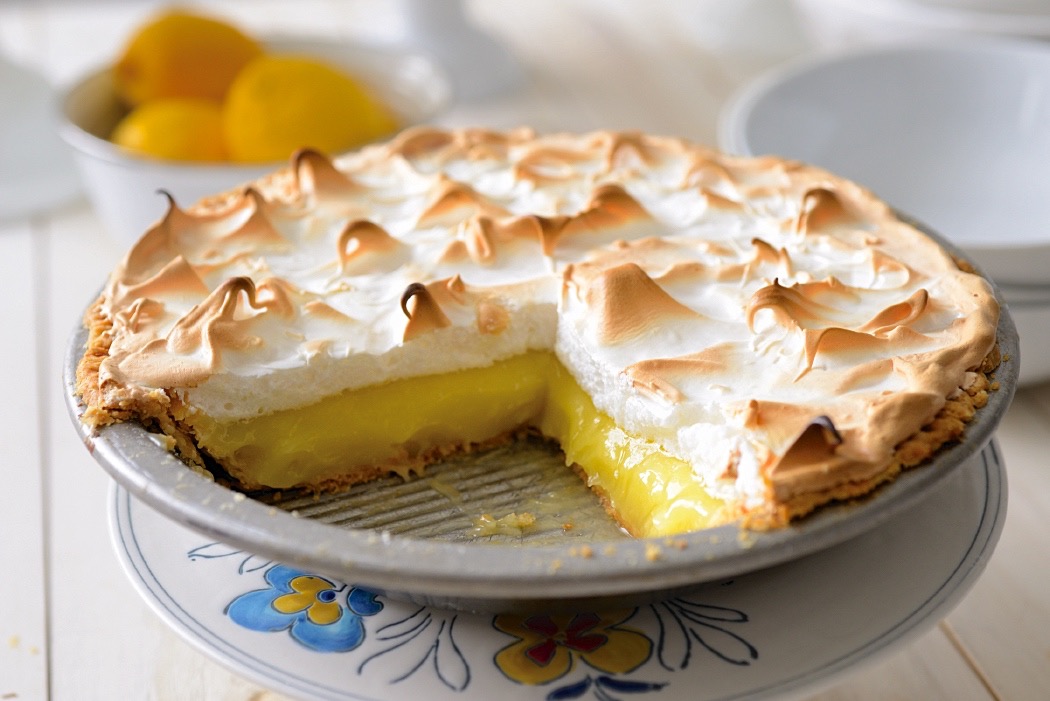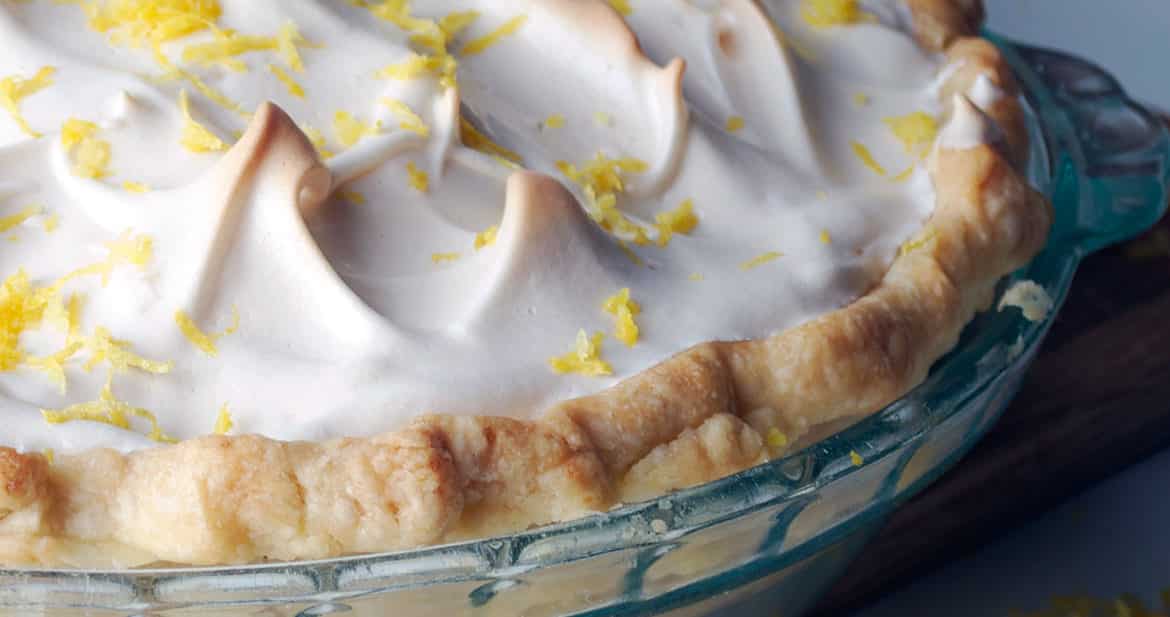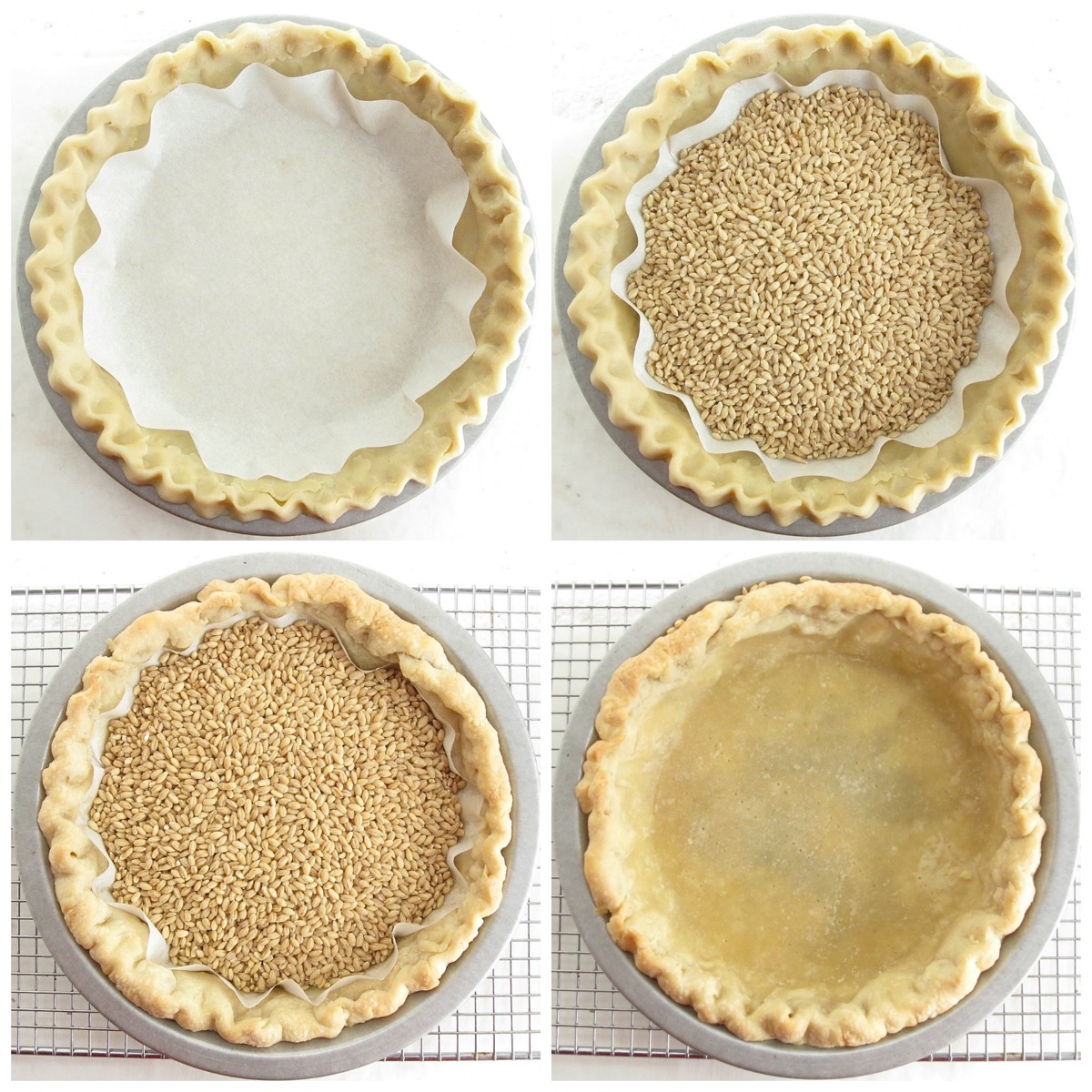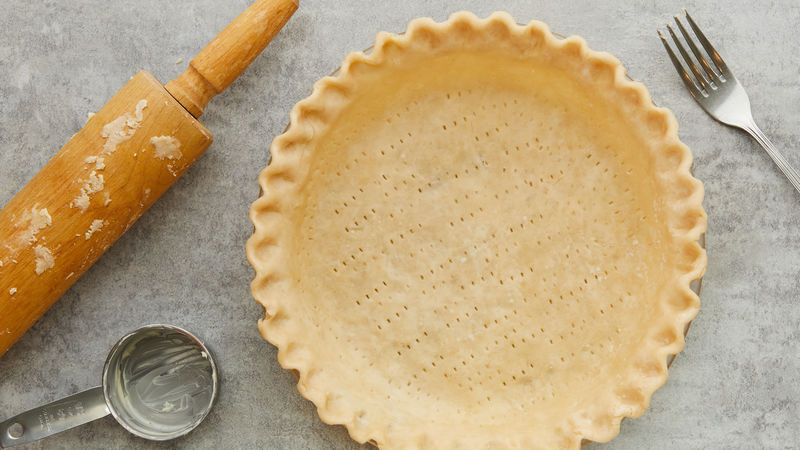Easy Recipe: Perfect Baking Pie Crust
Baking Pie Crust. The weights on the bottom will keep the pie from puffing up and the weights against the sides will keep the sides from sagging as the crust bakes. Then, use a pastry blender to cut cold butter into the flour.

A baked pie crust is generally needed for a filling that will not be baked.
Cover and chill the lined pie pan (and any rolled out top crust) before blind-baking or filling the pie.
The only difference here is if you wanted to fully bake the pie. In a large bowl, combine flour, salt, baking powder and sugar. Use a pie crust shield to keep the crust edge covered, which protects it from browning too quickly or worse- burning.
Mix flour and salt in medium bowl. We always partially bake a crust for pumpkin pie, bean pie, chess pies, and sweet potato pie even if the recipe calls for a baked crust. Whichever you choose, be sure to line the crust with parchment, then fill the empty pie crust with the weights all the way to the top of the pie dish rim prior to baking.
Cut vents into the pie crust with a sharp paring knife, or use a fork to prick a decorative pattern on the top crust. A partially baked pie crust (or par-baked) crust is often called for a custard filling. Small cookie cutters are especially nice when baking apple pies: these need to be well vented so that the crust doesn't end up as a solid dome over the cooked-down fruit.
When ready to use take out of the freezer and bake directly from frozen. Cut vents into the pie crust with a sharp paring knife, or use a fork to prick a decorative pattern on the top crust. Mix flour and salt in medium bowl.
Cut vents into the pie crust with a sharp paring knife, or use a fork to prick a decorative pattern on the top crust. We always partially bake a crust for pumpkin pie, bean pie, chess pies, and sweet potato pie even if the recipe calls for a baked crust. In a large bowl, combine flour, salt, baking powder and sugar.
Cut vents into the pie crust with a sharp paring knife, or use a fork to prick a decorative pattern on the top crust. Trim strips evenly with edge of overhanging crust. A partially baked pie crust (or par-baked) crust is often called for a custard filling.
Small cookie cutters are especially nice when baking apple pies: these need to be well vented so that the crust doesn't end up as a solid dome over the cooked-down fruit. Cut in the butter with a pastry cutter or food processor. It lightens and expands your crust, providing a texture not unlike flakiness.
Remove the baking sheet and pie pan from the oven. Work the butter into the dough until the bits are about pea-sized. "Always start with cold butter," says Taste of Home Executive Culinary Director Sarah Farmer. Add ice water a little bit at a time until the dough begins to come together.
Roll each piece on a well-floured board into a circle, rolling from the center to the edge, turning and flouring the dough to make sure it doesn't stick to the board. And a smidge is all you need. Line the chilled crust with foil or parchment paper, and fill it with pie weights or dried beans.
Line the chilled crust with foil or parchment paper, and fill it with pie weights or dried beans. Small cookie cutters are especially nice when baking apple pies: these need to be well vented so that the crust doesn't end up as a solid dome over the cooked-down fruit. We always partially bake a crust for pumpkin pie, bean pie, chess pies, and sweet potato pie even if the recipe calls for a baked crust.

